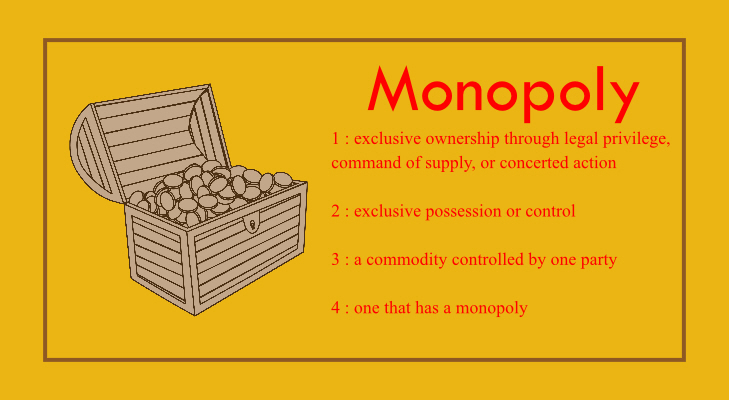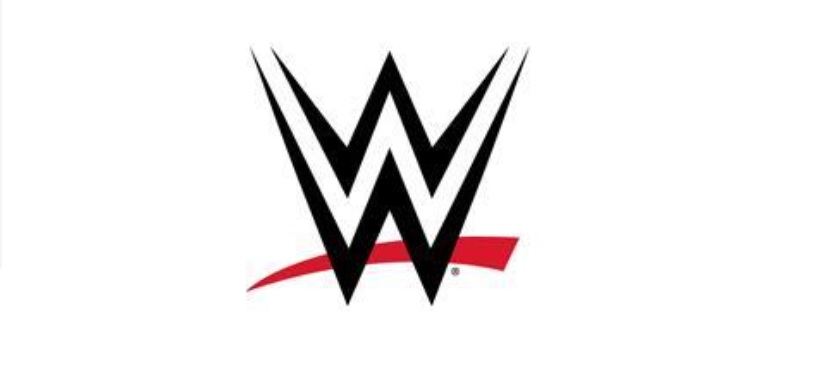Let’s talk about intellectual property. Intellectual property is protected by one of two means, you have a patent, which is usually designated for a tangible object. That would be something like an EpiPen or intermittent wipers for your car. It’s a product that you created. Then there are intangible things. This would be something like a story or song that you recorded. The story is abstract, separate from the page, book, tape or disc that its saved on. Sony, Panasonic, Samsung, Toshiba and Philips jointly created the DVD so they hold the patent for the disc, but Warner Bros. created the Shazam movie, so they own the copyright of the movie on that disc.
During early American history, the term “patent” and “copyright” were used somewhat interchangeably, that was due to them having equal coverage under the law. If you wrote a story or if you created a new invention they were given the same protection under the law. No one could copy your story, your song, or your invention and sell it as their own creation and if they did you had legal recourse available to you. The philosophy behind that was clear, you created something so you deserved to have exclusive rights on its production and selling until it entered into the public domain where others could have an opportunity to improve or market it. Something strange happened though. Copyright protection became longer and longer while patent protection has become pretty stagnant.
One of the reasons why copyright protection has been extended is because of lobbying by the motion picture corporations. The latest extension of copyright was the Sonny Bono Act also known as the Mickey Mouse Protection Act. Introduced by Senator Sonny Bono of Sonny and Cher fame and passed shortly after his death, the act was supported by Disney in large part because the first Walt Disney animated short with Mickey Mouse, Steamboat Willy, was about to enter into the public domain. It wasn’t just Disney that had some fears. Universal with its Universal Monster collection was looking at a number of its monster movies soon entering into the public domain as well as other movie studio works are still quite popular to this day.
Once a product enters the public domain it means that anyone can copy it, reproduce it or create derivatives of it. Some examples of derivatives would be 10 Things I Hate About You, a derivative from Shakespeare’s The Taming of the Shrew. You are permitted to take certain aspects that a story contains and reuse them in a way that will appeal to a larger or different audience. You’ll find this happens frequently in the movie industry, popular fairy tales or folk hero’s are used as the basis of a movie. Once these stories enter into the public domain, any individual or corporation can retell the story in their own way without being in fear of copyright infringement as well as sell copies of the original works to the public. For instance depictions of Robin Hood have been produced by numerous studios almost since the dawn of the movie industry.
Command of Supply
In the 1920’s a case was being formed against the movie industry. The Supreme Court decision in U.S. vs Paramount was handed out in 1948 with the court ruling that Paramount (as well as other movie studios) were in violation of the Sherman Antitrust Act resulting in the motion picture industry being required to change some of its business practices. One popular practice during this time was that movie theaters were owned by the studios that produced the movies they showed to the public or the theaters that they showed their movies in signed a contract where movies from their studios were exclusive. This in turn made it harder for smaller studios to get their material shown.
This is simulacra to what we are currently seeing in both the Cable and broadcast television industry. There was a time when movie/TV studios produced material and would sell it to the highest bidder for first run broadcast. But in recent years there has been a pattern of the majority of TV shows produced only airing on cable and broadcast networks owned by the studios.
But it’s not just the television networks being impacted, but the streaming providers as well. Let’s be clear. Netflix created a new way for individuals watch TV. It put content from dozens of studios and networks in one place and allowed people to watch for prices far lower than they would pay to see them traditionally. Meanwhile as this was going on, each of the movie studios, and TV Networks, (many of which are intertwined through business relationships) decided to charge Netflix an ever increasing amount of money each time contract rights for content came up if they want to continue to make it available to their customers. It should be noted that Disney (and its new acquisition, 20th Century Fox) as well as the Comcast owned studios NBC and Universal, have stated that they are going remove their material and create their own streaming services.
Netflix saw this coming years ago as evidenced by a 2013 Reuters article Felix Salmon wrote
“The ever-increasing cost of licensing is a huge issue for Netflix, and it’s the reason why its business model is a very tough one. Any time that Netflix builds up a profit margin, the studios will simply raise their prices until that margin disappears. Netflix had to pay a whopping $1.355 billion in licensing costs just in the first quarter of this year; that number is only going to increase, unless Netflix can find some other way of finding content. Like producing it in-house. At the margin, the more material that Netflix produces on its own, the less it needs from third parties, and the easier that Netflix finds it to say no to ridiculous demands.”
I think that this is a pretty good motivation for Netflix to begin producing its own material. When you’re paying over a billion dollars in licensing fees each quarter just to be given permission to show programs that others have created, how long will it take before you start thinking “Huh… I could almost make my own shows for that much money and I won’t be required to renegotiate a contract in a couple of years where they increase how much they charge me.”
There is a consistent history of vertical integration within this industry where it not only stifles outside competition but recently even going so far as to work collectively to take the profits from the businesses risk taking venture then attempt to shut it down when they decide to make their own product.
Solution?
From where I sit, I see only one solution.
Break them up into little pieces.
Forbid any production company to be co-owned by a television network, internet service provider or distributor. Centaur Film Company is credited as the first motion picture company, established in 1907, and later becoming a part of Universal in 1912. By 1928, slightly more than two decades after the formation of the motion picture industry, it was already being investigated for an antitrust lawsuit by the Federal Trade Commission. It was found guilty of violation in 1930 and was allowed to resume … (sic) “after concluding a controversial deal with the government of President Franklin D. Roosevelt during the Great Depression, under the auspices of the National Industrial Recovery Act.” only to have the Government resume the lawsuit because a group of independent producers were unsatisfied with the deal made and the impact that it had with the smaller independent studio’s. These producers included Charlie Chaplin, Samuel Goldwyn, David O. Selznick, Mary Pickford, Orson Welles and Walt Disney.
Harvey Dent: You either die a hero or you live long enough to see yourself become the villain.
The Supreme Court heard the case, where the studios lost, so they then started lobbying for copyright extensions preventing any of its material to fall into the public domain. Then once again built up their vertical integration model only this time profiting off of the efforts of a venture capitalist when seeing that it was successful and currently taking actions that could likely cause it to go out of business.
This has been their modus operandi for close to if not exceeding a full century. In order to disrupt this type of business ethic it may be required to take such extreme actions as listed above. Force TV networks to get products (TV shows/Movies) from multiple studios preventing the studios to become a commercial for the owners other products and doing so through an independent distributor not affiliated with either the studio producing the material or the networks airing it.
Either that or return to the 20 year copyright protection retroactively allowing creative individuals to create a competitive market.






